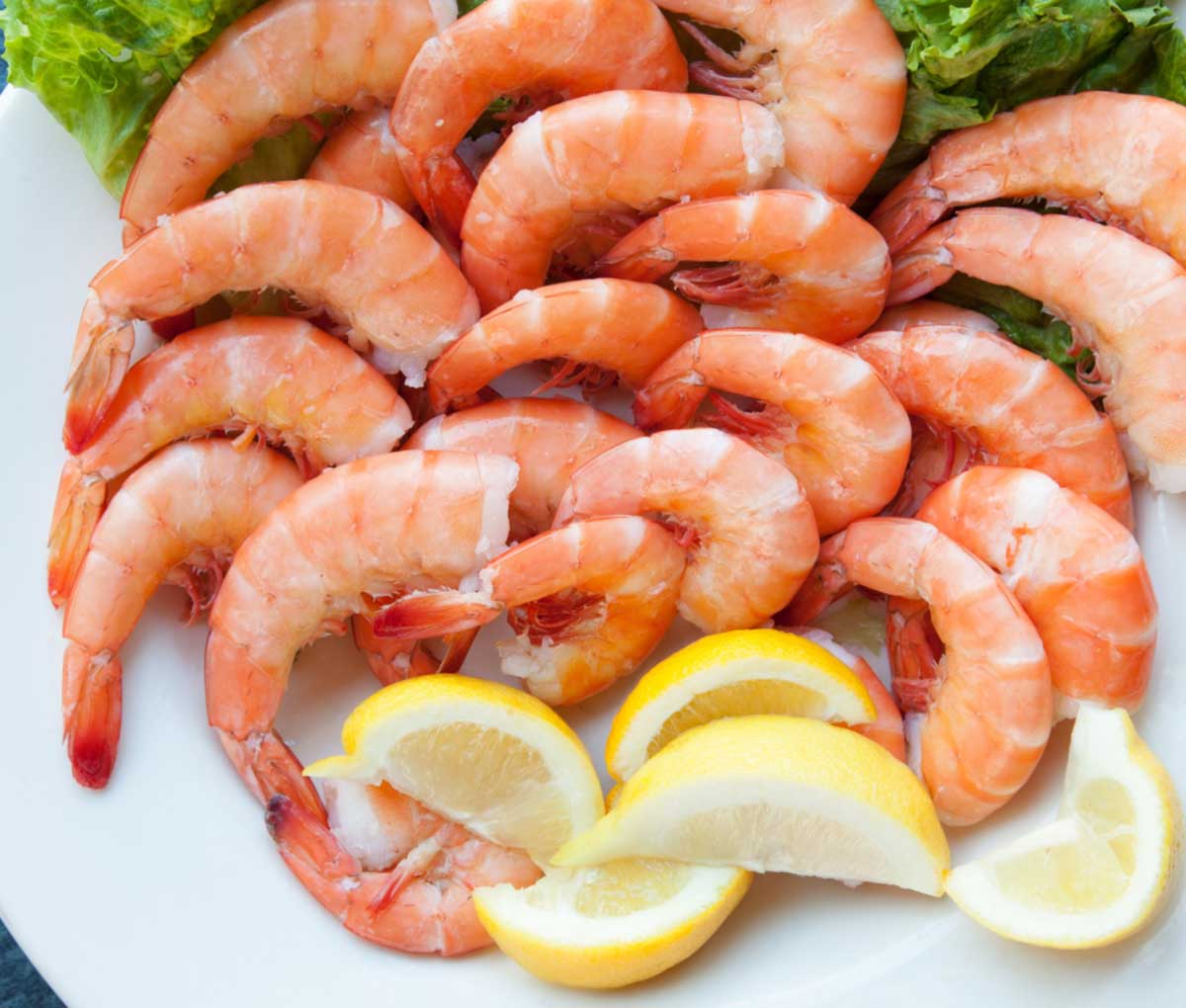Oyster Facts
Posted on April 25, 2012 to News & Events
Things you may want to know about consuming oysters and other seafood…
 |
Oysters are rich in protein, they also contain vitamins A, B, C, & D, plus phosphorus, copper, sulphur, manganese, and iodine. So rich in nutritive value are they that, with the addition of only one food, milk, as in oyster stew, they make a practically complete diet on which one can live and thrive.
After more than 10 years of research, it has been discovered that the best way to open Oysters is to get them DRUNK.
Like us, Oysters can get tipsy: then their muscles relax and they open their shells. There will soon be on the market a tablet that, when dropped in water on your unsuspecting oysters, will carbonate the water & have the oysters feeling pleasantly relaxed & open in 5 min. It’s mere carbonated water that makes an oysters head go round.
Did you know that it’s a HANGOVER-OF-A DIFFERENT-SORT that Oysters should be eaten only during the months with an “R”?
Years ago, oysters that were shipped during the warmer months spoiled so, the “R” method provided a way of knowing when to eat them and when to leave them alone. But in these days of refrigerated transportation facilities you can eat oysters any time of the year with complete safety.
In January 2000, the FDA issued a consumer advisory warning pregnant women and women of childbearing age to avoid eating the four species of fish known to contain the highest levels of methylmercury: shark, swordfish, king mackerel and tilefish.
Sport-caught seafoods from marine waters offer many noted nutritional attributes. The basic benefits of high quality, easily digested protein and low fat content are accompanied by a full complement of minerals, vitamins and the unique, healthful omega-3 fatty acids. Recent studies have linked seafood consumption with a variety of health benefits including decreased risk from cardiovascular disease. These benefits further enhance the enjoyment of recreational fishing.
The vast majority of recreationally caught seafoods are wholesome and safe to eat. Nevertheless, as for all foods, there are some health risks associated with consumption of certain types from certain locations, and there is the chance that mishandling of the catch can create a health risk.
Eating raw fish or shellfish is the most frequent cause of seafood-borne illnesses. These raw foods carry bacteria and other contaminants that may be harmful to consumers. This eating preference is of particular concern for consumers with health conditions that impair their health defense systems.
Live oysters and clams filter enormous amounts of water to obtain food. This same water may contain potentially harmful types and amounts of bacteria and virus that can concentrate and survive in the shellfish. Mishandling of the recreational harvest can further contribute to the growth and survival of bacteria.
Consumers with compromised health conditions that impair their health defense systems should not eat raw shellfish! Despite regulatory monitoring and approval of waters, certain bacteria which can infect compromised consumers may be present on raw oysters or clams. One example is Vibrio vulnificus which has caused death in consumers who are in the so-called ‘health risk categories.’ These bacteria are easily destroyed by thorough cooking.
Health Conditions Which Impair Health Defense Systems
- liver disease, including cirrhosis and
- hemochromatosis,
- chronic alcohol use,
- cancer (especially if taking anti-cancer drugs or radiation treatment),
- lymphoma, leukemia, AIDS, Hodgkin’s disease,
- diabetes mellitus,
- chronic kidney disease,
- inflammatory bowel disease, any person receiving immunosuppressive drugs,
- steroid dependency (as used for conditions such as chronic obstructive pulmonary disease),
- achlorhydria (a condition in which the normal acidity of the stomach is reduced or absent), and
- medicines that reduce stomach acid.

